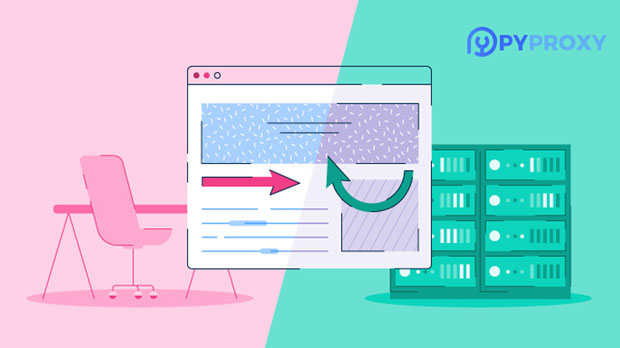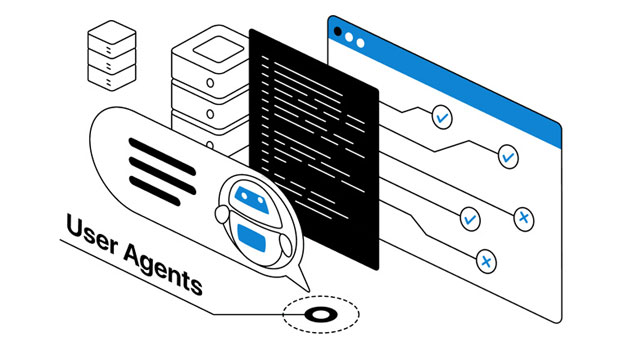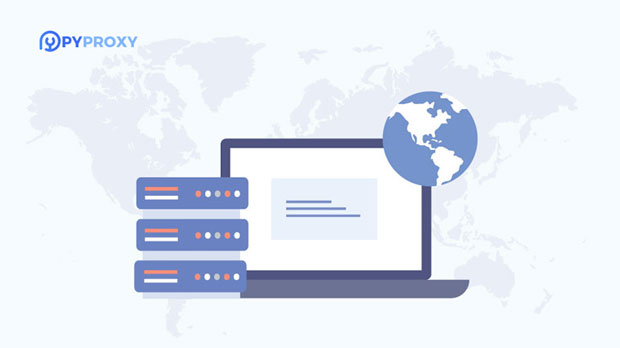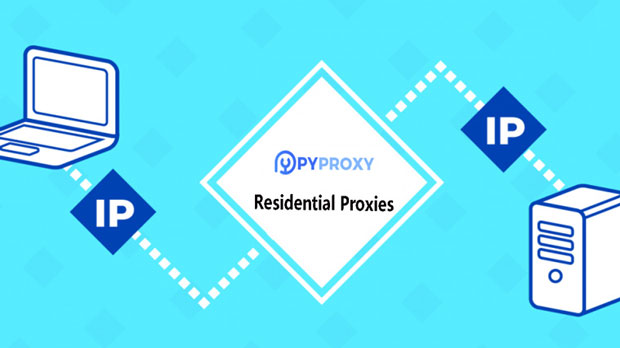How does proxy server IP affect network latency?
Network latency is a critical aspect of internet performance, impacting the speed and efficiency with which data is transmitted. Proxy servers, which act as intermediaries between a user and the internet, can significantly influence latency. This influence is mainly determined by the geographic location and the routing path of the proxy server’s IP address. Depending on the configuration of the proxy server, latency can increase or decrease, affecting browsing experiences, online gaming, and any real-time communications. In this article, we will explore how proxy server IPs influence network latency, examining the key factors that contribute to it, and understanding the trade-offs between speed and privacy. Understanding Network LatencyNetwork latency refers to the time it takes for data to travel from the source to the destination across a network. It is often measured in milliseconds (ms) and can be affected by various factors such as the distance between the source and the destination, network congestion, and the number of hops a data packet makes along the route.When you access the internet directly, your data travels from your device to the destination server, typically passing through a series of intermediate routers and switches. Each of these steps introduces a small delay, contributing to the overall latency. Latency can also be influenced by factors like bandwidth, network protocols, and packet loss, but the distance and routing are usually the most significant contributors.What is a Proxy Server?A proxy server acts as an intermediary server that separates a user’s device from the internet. It receives requests from the client (user’s device) and forwards them to the destination server, then relays the response back to the client. Proxy servers can serve various purposes, including improving privacy, bypassing geographical restrictions, caching data, and enhancing security.When a user connects to a website or service through a proxy server, the request is first routed through the proxy server, which then communicates with the website's server on behalf of the user. This routing process, however, can introduce additional delays depending on the proxy server's location, performance, and capacity.The Influence of Proxy Server IP Location on LatencyOne of the primary factors influencing latency when using a proxy server is its geographic location. If a proxy server is located far from the user or the target website, the data packets must travel a greater distance, which inevitably increases the latency. For instance, if a user in Asia connects to a proxy server located in North America to access a website, the data must travel across the globe. This additional distance not only increases the physical travel time but may also involve multiple intermediary hops, each of which can further add to the delay.On the other hand, if the proxy server is located close to either the user or the target server, the latency can be reduced. This is why many users opt for local proxies when trying to improve browsing speed or optimize online gaming performance.The Impact of Proxy Server Routing on LatencyApart from the geographic distance, the routing efficiency of the proxy server plays a crucial role in determining latency. The data packets that pass through a proxy server may need to go through several hops (or intermediary network devices) before reaching their destination. Each hop introduces a small delay, and poor routing decisions can compound these delays.In some cases, a proxy server may route traffic inefficiently, passing data through multiple redundant or unnecessary servers, which results in higher latency. Well-optimized proxy servers, on the other hand, aim to minimize the number of hops, reducing the overall network delay.Types of Proxy Servers and Their Latency CharacteristicsDifferent types of proxy servers can have varying effects on latency. Understanding the nature of each type can help users make informed decisions about which one to choose based on their specific needs.1. HTTP Proxies: HTTP proxies primarily handle web traffic and are optimized for HTTP and HTTPS protocols. While they can offer privacy benefits, they may introduce additional latency due to the nature of the protocol and the fact that they typically only route web traffic.2. SOCKS Proxies: SOCKS proxies are more versatile and can route any type of traffic, including FTP, email, and P2P applications. Because they are more general-purpose, they might introduce slightly more latency compared to HTTP proxies, especially when routing diverse types of data.3. Transparent Proxies: Transparent proxies intercept and redirect traffic without altering the requests or responses. While they may reduce latency in certain situations by allowing faster data handling, their lack of encryption and privacy features may expose data to monitoring.4. Elite or High-Anonymity Proxies: These proxies are designed to provide the highest level of privacy, but they often involve more complex routing, which can increase latency. However, they may offer better overall network stability and security, depending on their configuration.Network Congestion and Proxy Server LoadAnother factor that can influence the latency when using a proxy server is the load placed on the server itself. If the proxy server is experiencing high traffic or congestion, the additional strain on its resources can increase the response time. This is particularly relevant for free proxy servers, which may not have the infrastructure to handle large numbers of simultaneous connections.When a proxy server is under heavy load, it may need more time to process each request, leading to increased latency. For users who prioritize low latency, it is advisable to use well-maintained, high-performance proxy servers with sufficient capacity to handle their needs.Strategies for Minimizing Latency with Proxy ServersWhile using a proxy server can increase latency, there are several strategies to minimize this effect:1. Choose a Proxy with Optimal Location: Selecting a proxy server that is geographically closer to either your device or the destination server can reduce the distance data needs to travel and, in turn, reduce latency.2. Use High-Performance Proxy Servers: Opting for premium proxy services with high-speed connections and a robust infrastructure can help minimize latency. Avoid overcrowded or poorly maintained servers, as they tend to introduce unnecessary delays.3. Leverage Smart Routing Technology: Some advanced proxy servers use smart routing technology to optimize the path data takes, avoiding congested routes and reducing latency. These proxies can dynamically select the best path based on real-time network conditions.4. Consider Low-Latency Proxy Types: Depending on your needs, some types of proxies are designed to offer low-latency performance. For example, selecting HTTP proxies for web traffic or socks5 proxies for general-purpose usage can help optimize performance.Conclusion: Balancing Latency and PrivacyIn conclusion, the impact of proxy server IPs on network latency is significant but can be managed with the right choices. While proxies are valuable for enhancing privacy and accessing geo-blocked content, their influence on network latency should not be overlooked. Understanding how proxy server location, routing, load, and type affect latency can help users optimize their internet experience, balancing both speed and privacy.
2025-02-03

























































